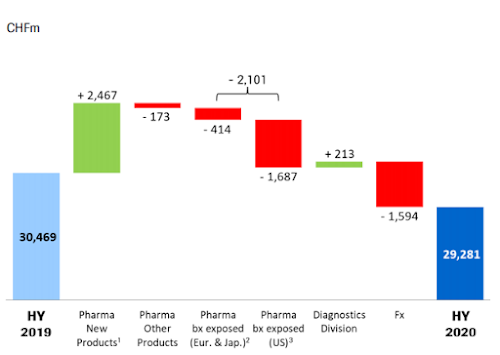US Portfolio
【投资方向】US Stocks (Pharmaceutical, Tech) - focus on capital gain. SG Stocks (Banking, Reits) - focus on creating positive cash flow/ dividends 【投资原则】不投机,逆向思考,做功课 【专注于】Profitability, Growth, Stability 【Mid term Goal】 $1 Million Portfolio
Wednesday, December 2, 2020
Portfolio Nov 20
Saturday, October 24, 2020
Capital Allocation - Oct 20 vs May 20
Overall
Share investment (25% and CPF (25%) have replaced Warchest (20%) as main category in term of capital allocation.
This is align with plan to increase investment (dividend income) & long-term savings (CPF) which earn higher income vs existing HDB bank loan 1.8%.
Shares 25% (vs 16% in May 20)
Monday, October 12, 2020
Portfolio Sept'20
US Portfolio
Saturday, August 15, 2020
Transaction & Portfolio Aug 20
Aug 20 Transactions
I have added all 3 local bank stocks when price went down due to MAS calls on Singapore Banks to cap dividends.
- DBS 500 @ $19.48
- UOB 500 @ $19.05
Monday, July 27, 2020
Portfolio Update Jul 20
Thursday, July 23, 2020
Pharma - Roche Q2'20 Earning
* CER = Constant Exchange Rate
Wednesday, July 22, 2020
Pharma - Novartis Q2'20 Earning
Friday, July 17, 2020
Pharma - J&J Q2'20 Earning
Year to date, immunology growth is 7.9% worldwide and US growth is 5.1%.
STELARA growth of about 10% was driven by continued share gains in Crohn's disease with about a seven-point share increase in the US and growth from the recently approved ulcerative colitis indication.
On a year-to-date basis, STELARA growth remains strong at about 20% globally.
TREMFYA, the first-in-class market-leading IL-23 inhibitor therapy, grew 46% globally and achieved roughly a 10% share of the psoriasis market in the US, which is up about three points from the second quarter of 2019. Sales growth was partially offset by continued erosion of REMICADE of about 14% from share loss due to alternative mechanisms of action and biosimilars.
Monday, July 13, 2020
Net Worth Growth - from Zero to Million
Saturday, June 27, 2020
Capital Allocation Jun 20
Monday, June 22, 2020
Cost Saving from HDB Resales
Sunday, June 21, 2020
Sold My 1st HDB At Loss & Lessons Learned
Thursday, June 18, 2020
2020 Mid Year Portfolio Update
Monday, June 15, 2020
Incomplete Financial Highlights - Pharmaceutical Co. AbbVie
Monday, June 1, 2020
21 Years FIRE Projection - Achievements, Goals and Financial Freedom (Magic need time)
How I maximise cash flow from BTO purchase - HDB loan & bank loan
Sunday, May 24, 2020
DBS 2019 & Q1 2020
OCBC 2019 & Q1 2020
Saturday, May 23, 2020
Capital Allocation - May 20
Friday, May 22, 2020
Warchest & Emergency Funds
Thursday, May 21, 2020
Capital Allocation
In my view, capital allocation is equally important for an individual.
Capital allocation allows me to think how should I allocate my wealth to different assets, ie stocks, FD, properties and bonds, with the objectives to create stable cash flows and maintain reasonable investment return.
My current capital allocation ratio (high level):
Stocks ~20%, average dividend return 3%
Cash/ War Chest ~40%, average interest return 1%
Property ~15%, NIL (need to pay loan interest)
CPF ~25%, average coupon return 2%
Overall return is not fantastic, kind of conservative capital allocation. This shall change this year when opportunities arrived due to market uncertainty.






















